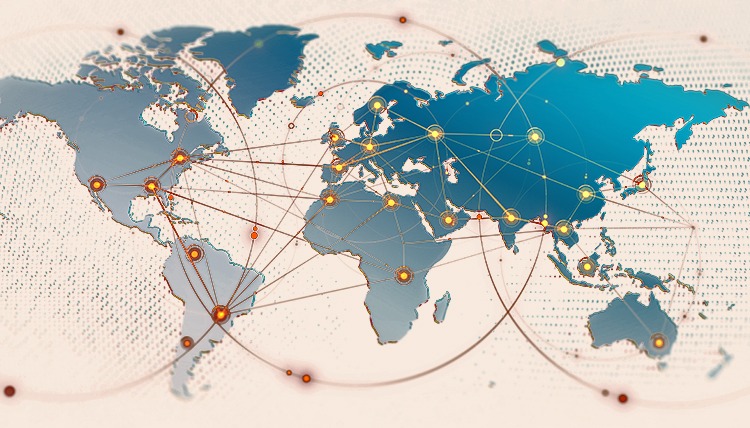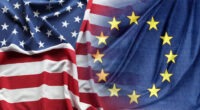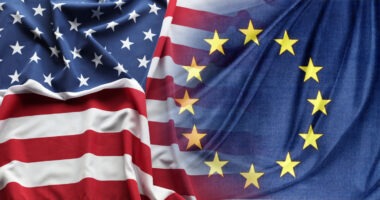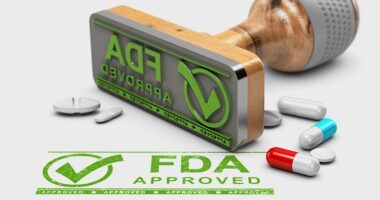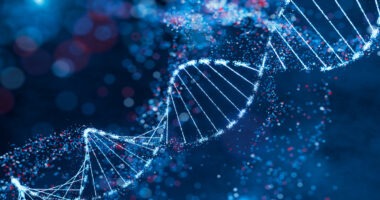The Top 25 Supply Chain Organizations: Where Does Pharma Rank?
Five bio/pharma companies placed in Gartner’s annual ranking of the top 25 supply chain organizations. Who are they, and what does it take to be in the top?
By Patricia Van Arnum, Editorial Director, DCAT, pvanarnum@dcat.org
Ranking the top supply chain organizations
Supply chain organization today are operating in an environment marked by increased geopolitical risk and economic uncertainty and are facing decisions on how and to what extent to adopt technology, such as artificial intelligence (AI) while building sustainable supply chains. Amidst this framework, what does it take to be a top supply chain organization?
The management consulting firm, Gartner, answered that question in its annual ranking of the top supply chain organizations, which was released last month (June 2025). The Gartner Supply Chain Top 25 uses a composite score to rank leading supply chain organizations and identifies the best practices and characteristics of these top performers.
The Gartner Supply Chain Top 25 ranking comprises two main components: business performance and community opinion. Business performance, in the form of public financial and ESG (environmental, social, and governance) data, provides a view into how companies have performed in the past three years while the community opinion component gives a peer and Gartner expert view to companies’ future potential and reflects leadership in the supply chain community. For business performance, return on physical assets (ROPA), change in ROPA, revenue growth, inventory turns, and ESG.
Gartner derives a list of companies from a combination of the Fortune Global 500 and the Forbes Global 2000. To maintain the list of companies evaluated at a manageable level, a general annual revenue threshold of $15 billion was applied, and companies without physical supply chains were excluded.
“This year, leaders are differentiating themselves from the pack by integrating the latest AI developing autonomous operations and stewarding resources,” said Simon Bailey, Vice President Analyst with the Gartner Supply Chain Practice, in commenting on the rankings. “Leading supply chains clearly tie sustainability to fundamental business outcomes, such as cost optimization, and risk mitigation. As a result, we are seeing many examples of water stewardship and circular innovation.”
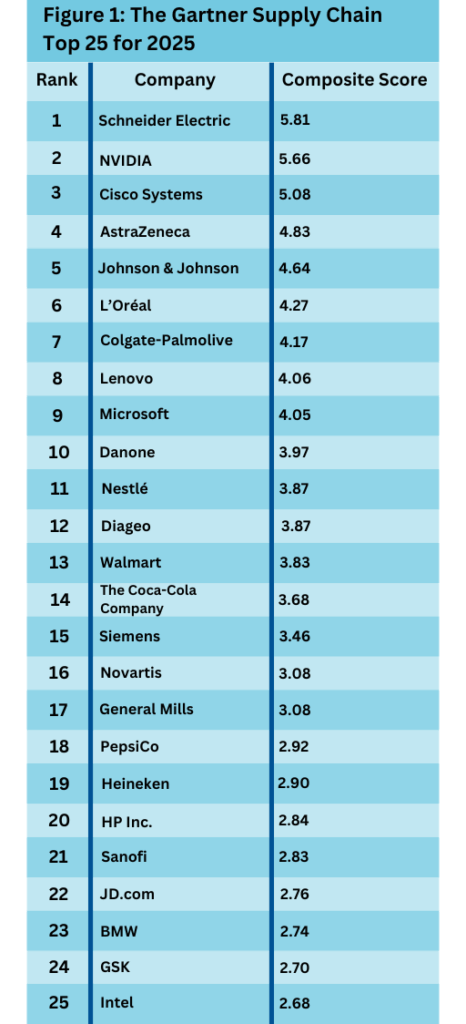
Gartner derives a list of companies from a combination of the Fortune Global 500 and the Forbes Global 2000. In an effort to maintain the list of companies evaluated at a manageable level, a general annual revenue threshold of $15 billion has been applied and companies without physical supply chains are excluded.
Composite score: (Peer score x 25%) + (Gartner expert score x 25%) + (Return on physical assets ROPA score x 5%) + (Change in ROPA score x 10%) + (Revenue growth score x 10%) + (Inventory turns score x 5%) + (ESG points x 20%)
Source: Gartner (June 2025)
Which companies ranked the highest?
Schneider Electric retained its top position in the rankings for the third consecutive year while Nvidia, the multinational technology giant, improved its position to second in this year’s rankings (see Figure 1). Schneider Electric gained the top position for launching a three-year transformation journey oriented around four pillars: people, planet, customers, and performance. As part of this new program, Gartner recognized that the company has made significant strides in industrial automation by integrating advanced technologies such as AI.
“Schneider Electric’s innovative culture has embraced AI in a manner that embraces employee ideas for use cases, with guidance from supply chain leaders on the highest priority areas to apply the technology for customer, revenue, and productivity gains,” said Bailey. “This ensures both a collaborative and strategic approach to AI deployments.”
The Gartner Supply Chain Top 25 also recognizes outstanding, long-term supply chain excellence, maturity, and leadership of a handful of companies through the Masters category. The Masters are recognized with their own distinguished category. They remain part of Gartner’s annual evaluation. To maintain Masters status, they must attain one of the five highest composite scores for all companies for at least seven out of the last 10 years. Amazon, Apple, Procter & Gamble, and Unilever all retained their Masters category status this year (2025).
Bio/pharmaceutical companies in the Top 25
So how did bio/pharmaceutical companies rank? Five bio/pharmaceutical companies made the The Gartner Supply Chain Top 25 for 2025 rankings: AstraZeneca (ranked fourth), Johnson & Johnson (J&J) (ranked fifth), Novartis (ranked sixteenth), Sanofi (ranked twenty-first), and GSK (ranked twenty-fourth) (see Figure 1). For J&J, it is the sixth consecutive year that it made the Top Five and the twenty-first consecutive year in the Top 25. AstraZeneca garnered a place in the Top Five for the first time this year, moving up from twelfth in 2024. Sanofi and Novartis both earned a spot in the Top 25 for the first time, and GSK returned to the Top 25..
What makes a top supply-chain organization
In 2025, the Top 25 and Masters companies demonstrated leadership in three macro areas: (1) agentic AI; (2) autonomous operations; and (3) resource stewardship.
Agentic AI
Agentic AI refers to AI systems that are designed to autonomously make decisions and act, with the ability to pursue complex goals with limited supervision. Agentic AI extends the capabilities first introduced by generative AI (GenAI) by autonomously making decisions and executing actions to achieve its goals without constant human intervention. By integrating the creative aspects of GenAI with the problem-solving approaches of traditional AI, agentic AI is enabled to conduct complex tasks in dynamic environments and is designed to deliver autonomous supply chain decision-making and execution, according to Gartner.
Agentic AI can be deployed across supply chain functions to support real-time sensing, decision-making, and execution. Some examples where agentic AI can potentially transform functions include dynamic demand forecasting, supplier selection, and route optimization.
In a separate analysis, Gartner predicts at least 15% of day-to-day work decisions will be made autonomously through agentic AI by 2028, up from 0% in 2024. In addition, 33% of enterprise software applications will include agentic AI by 2028, up from less than 1% in 2024.
In this early stage, Gartner recommends agentic AI should only be pursued where it delivers clear value or a return of investment. Integrating agents into legacy systems can be technically complex, often disrupting workflows and requiring costly modifications. In many cases, rethinking workflows with agentic AI from the ground up is the best path to successful implementation.
Autonomous operations
Among advanced supply chain operations, autonomous operations are becoming increasingly pronounced. While automation handles separate processes, autonomous operations synchronize many activities, which can lead to significant improvements in supply chain productivity.
Autonomous operations can be applied in a variety of areas and free employees from routine work and can improve business performance by automating important decisions and actions. The systems utilize human input to keep decisions consistent and help reduce bottlenecks caused by a lack of skilled workers. These systems are used in many supply chain areas, such as fully automated production, warehousing, planning, and customer service.
A recent survey by Gartner showed that autonomous operations are becoming part of some operations albeit in a limited way. In its 2025 CEO & Senior Business Executive Survey, Gartner asked executives if, by 2027, they plan to deploy and use systems and processes that can be 100% automated and operate without human involvement. Thirty-eight percent said they plan to use autonomous operations to manage logistics, distribution, and/or production, and 33% plan to use autonomous operations to engage in the creation and execution of contractual arrangements. Nineteen percent of executives surveyed said that they plan to use autonomous operations to negotiate commercial activities on behalf of their organization with suppliers and customers.
Resource stewardship
Resource stewardship, particularly water stewardship, is another key characteristic in defining the top supply chain organizations, according to the Gartner analysis. As water emerges as a critical component of corporate and national security, many of the Top 25 supply chain organizations are differentiating themselves by developing well-defined water stewardship strategies and implementing water management, water conservation, and water-basin redevelopment initiatives.
Water’s strategic significance spans various industrial sectors, impacting value chains across multiple sectors. “Companies ranked in the Top 25 demonstrate their leadership by integrating water considerations into strategic decisions such as site selection and supply chain design,” said Gartner in its June 18 release in announcing the Top 25 supply-chain organizations. “By assessing water sources and discharges, aligning water management with growth plans and risk assessments and ensuring regulatory compliance, these companies enhance their water stewardship and bolster their supply chain’s operational resilience.”
Five bio/pharma companies placed in the Gartner Supply Chain Top 25, an annual ranking of the top supply chain organizations. Who ranks at the top?
XXX

